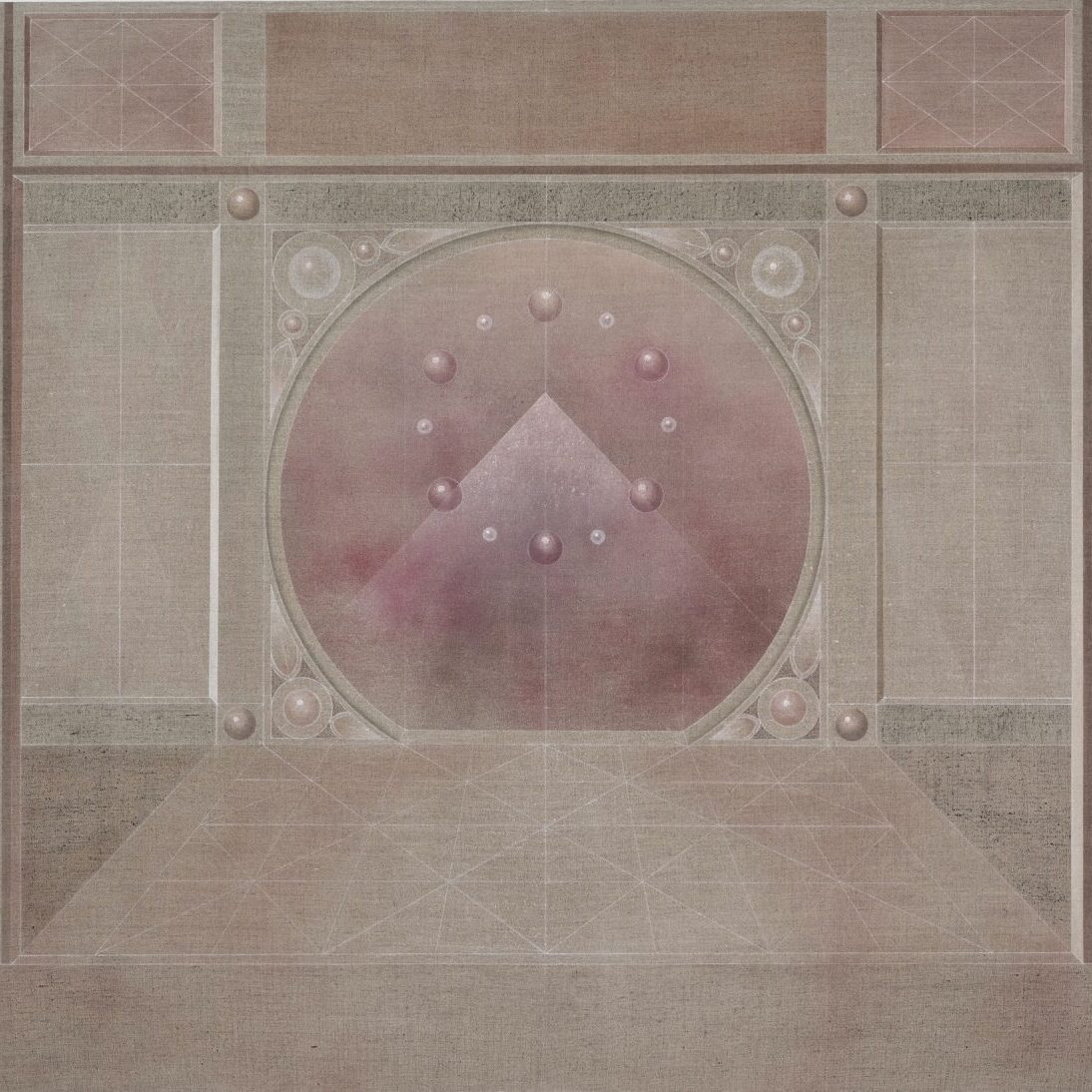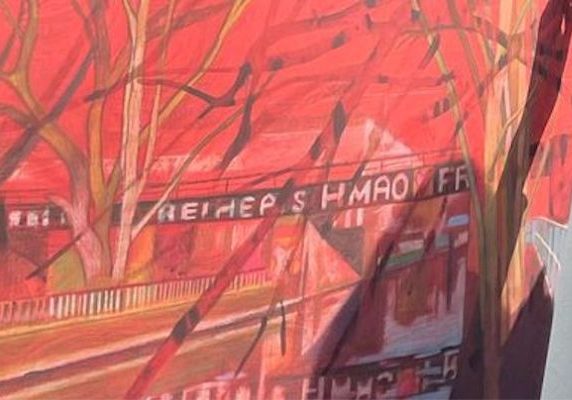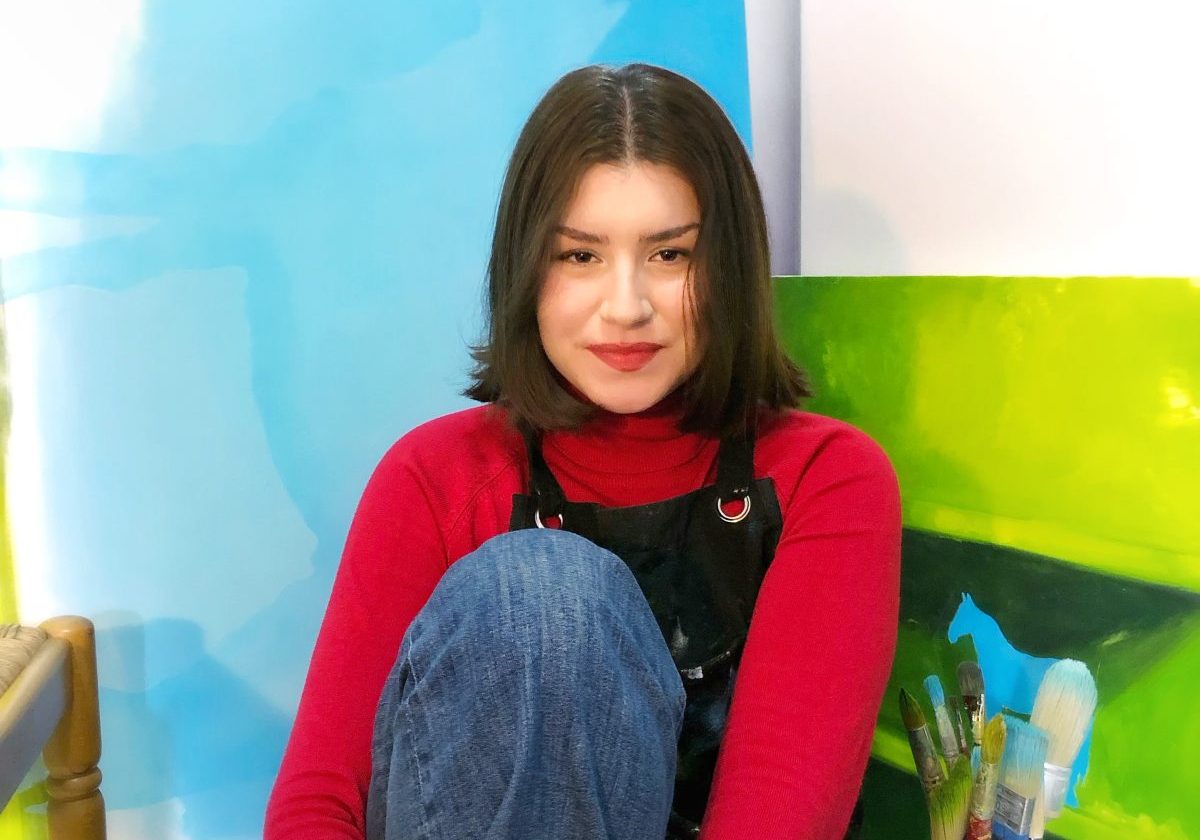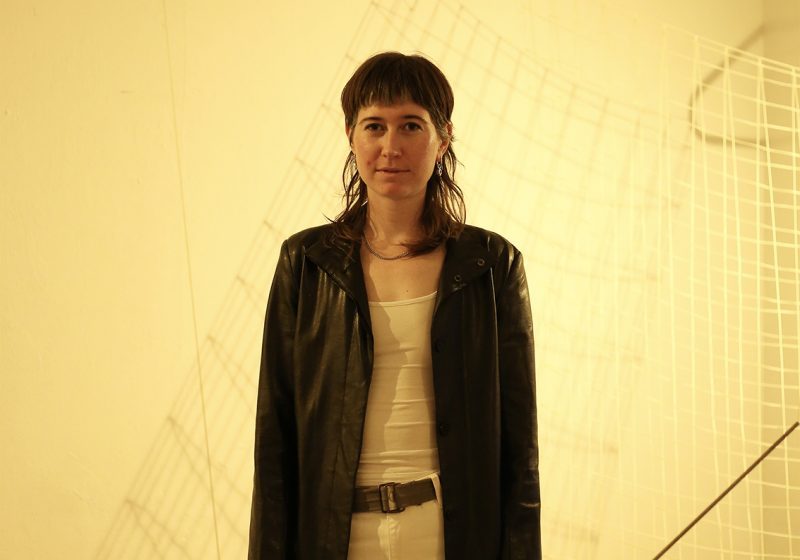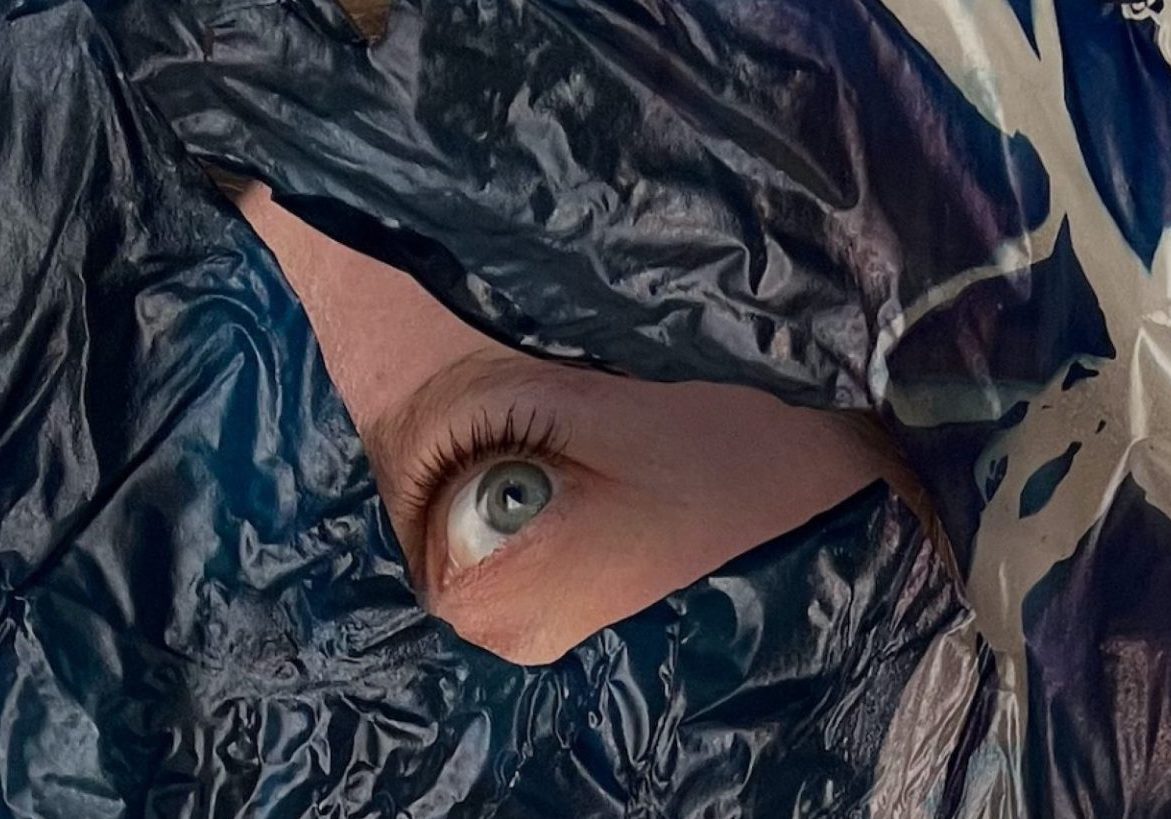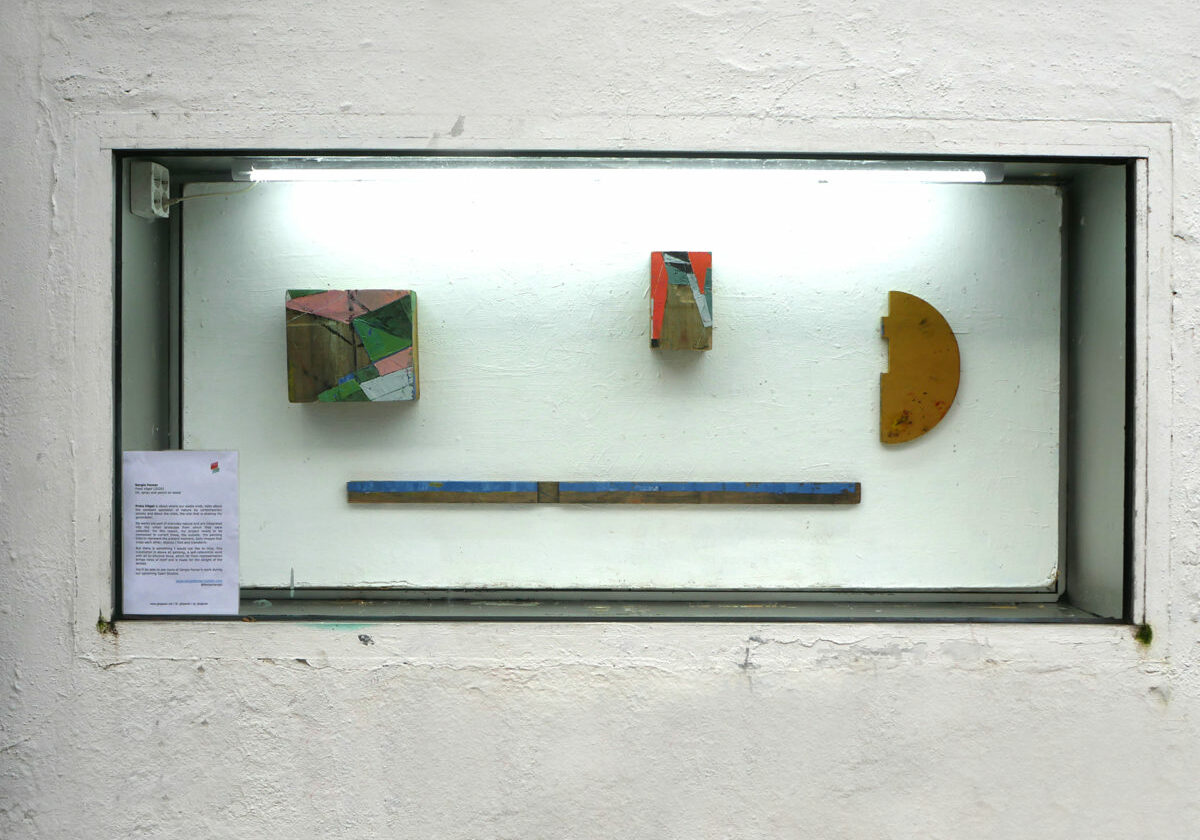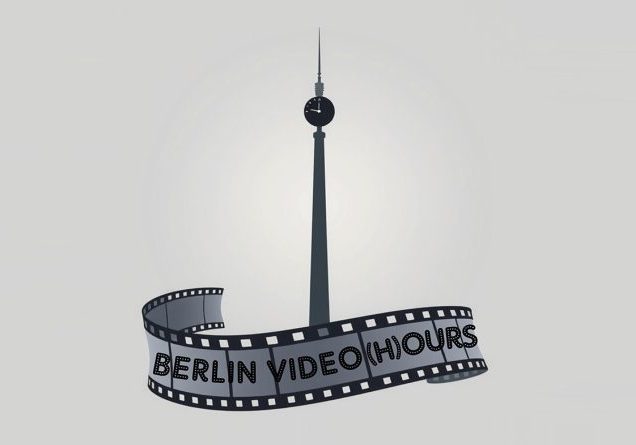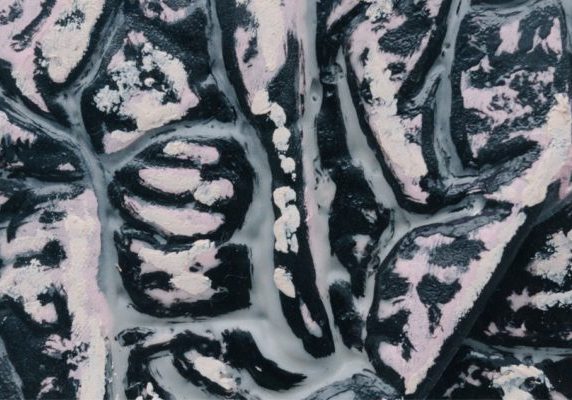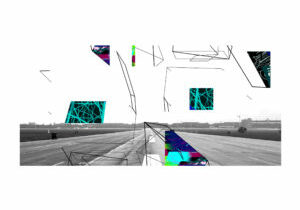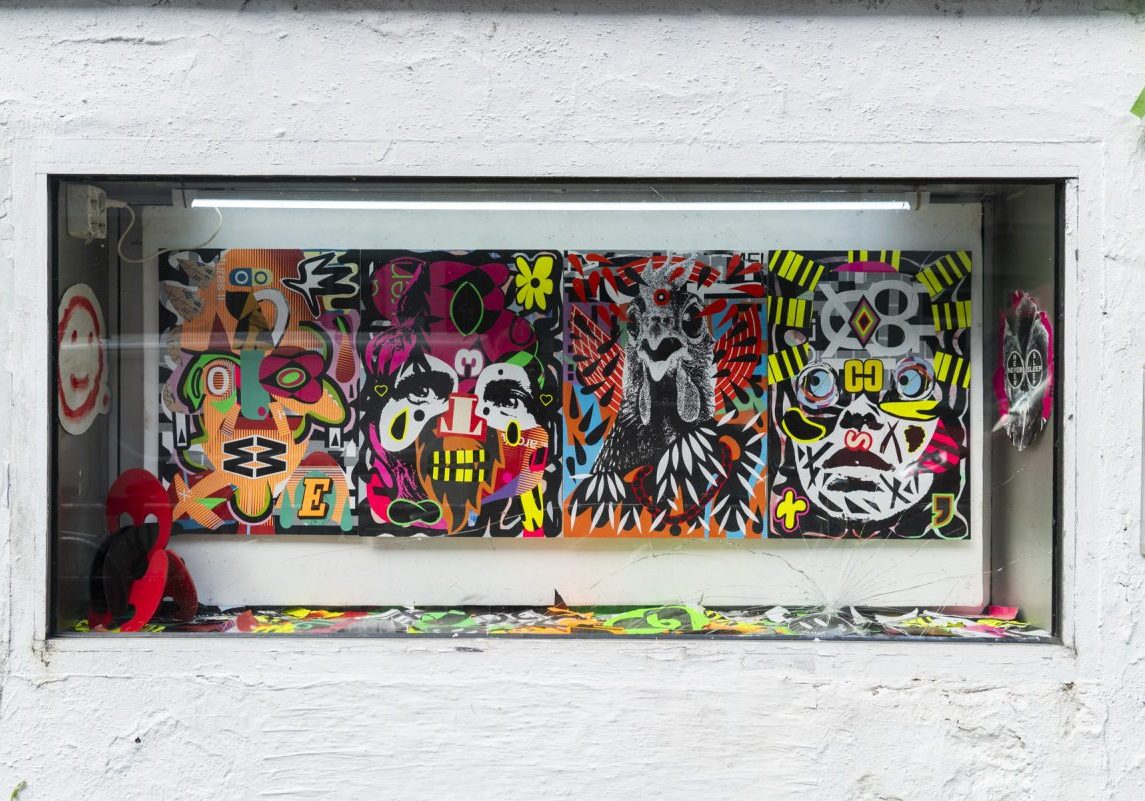Meet the Artist // Suyi Xu
Suyi Xu is a visual artist whose recent works unfold a series of gridded planes, opening a study on perspective in which shapes and forms emerge from hazy mists like afterimages. Enacting the ritual of architecture, she discards the integrity of architectural form. Horizons vanish, perspective spins, interiors fold inward, and spatial relations are obscured by sudden bursts of light. This process of undoing reflects her desire to reach a state prior to reason and the conscious mind. Her fascination with the void at the center of the canvas is informed by Simone Weil’s spiritual philosophy of undoing the self.
Could you tell me about your background and the project you are proposing for this three-month residency here at GlogauAIR?
I grew up in Shanghai and have been living in New York for the past 10 years. The city became the center of my life until I spent the last two summers in Berlin. Right now I don’t feel very attached to any of these places. I’m embracing a constant state of change. Using space as a grounding force, I conceive my painting as a contemplation on architecture that gradually morphed into a meditation on light. Bachelard says the house is a psychic state. I realized with my last body of work that space is not a fixed thing but a constant state of formation. My work is no longer about representing the eternal or unmoving; instead, it captures ephemeral phenomena, like feelings and weather, subject to change and temporality.
In this term of the residency, I spent the majority of my time arriving into this room. The whole room becomes my medium, and everything I’m doing is a negotiation with the space. Everything on the wall is a work in progress; everything on the table is my frame of reference. When setting up the fabric, I’m following a painterly logic and using symmetry as the backbone to construct a composition—like this centerpiece in my room, the symmetry is an anchor for gravity and air to shape the form.
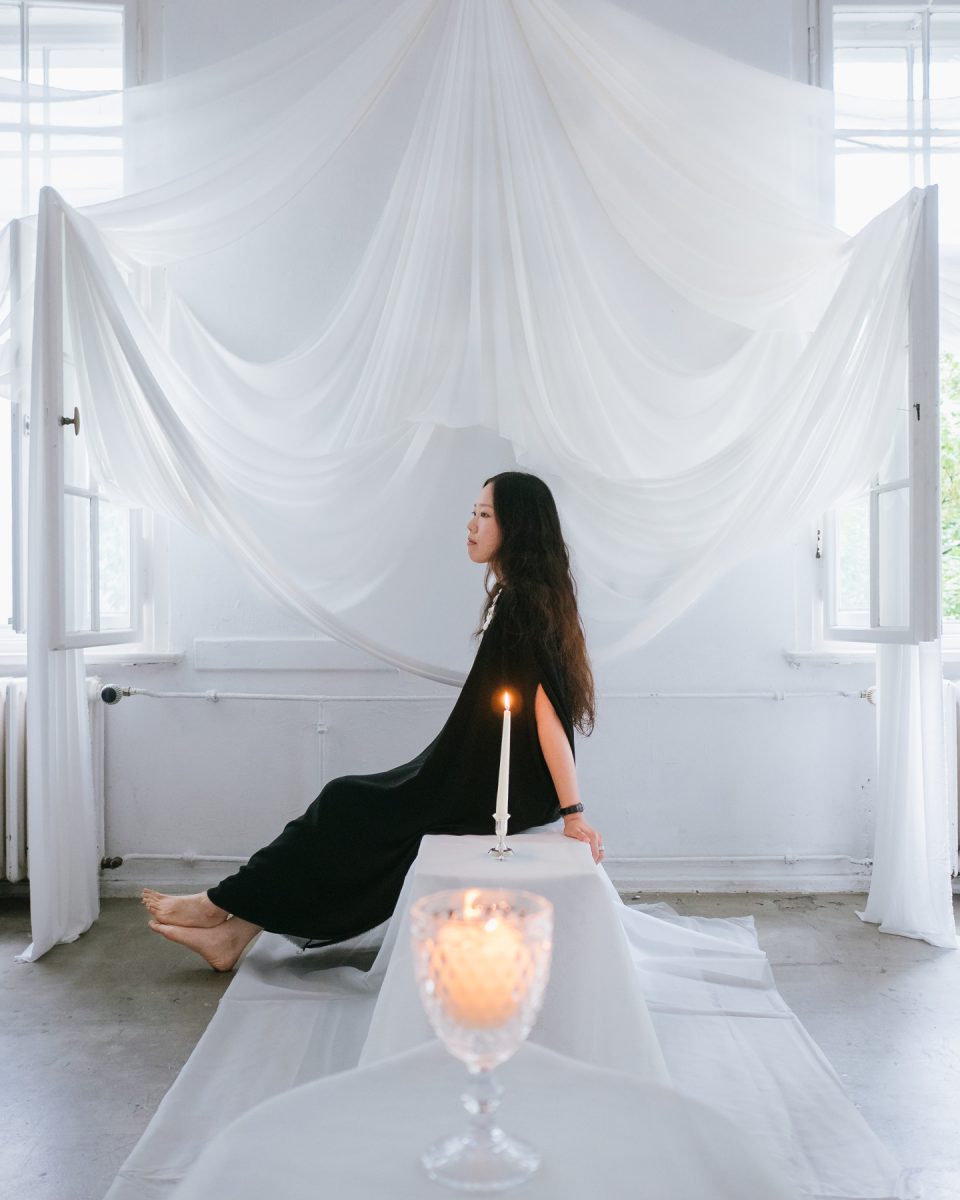
Could you elaborate on the central themes you explore in your work and share what draws you to these subjects on a personal level?
I think of my process as opening up space for things to unfold. When you look at a Rembrandt drawing, you see the space between two strokes, and you feel the air and atmosphere in between these strokes. He manages to make the in-between airy and alive. Empty space is not only physical. It can also be a charged, psychic space. Right now I’m very interested in the gesture of waiting, and the distance between a viewer and a painting. It’s not a dead space to be filled, but very much a living, emotional space. In tango, an invitation to dance is extended through the gaze. After cabeceo—the meeting of eyes and head nods—the two dancers take all the time in the world to walk toward each other. I find this intuitive, non-verbal moment to be fatally romantic. It’s not very far from how I feel when I walk up to a painting sometimes. I wonder how I can make this space of in-between visible and palpable, and that’s when the drapery came in.
Are there particular artists, writers or thinkers who have significantly influenced your creative journey?
My visual language is largely indebted to the world of medieval paintings. The mystical aura of Jean Fouquet’s Melun Diptych, for instance, is etched into my retina. I’m also very drawn to the stillness and architectural clarity of Flemish painters and the Dutch Golden Age. In a way, Jan Van Eyck’s legacy can be seen as an anthology of reflective surfaces. For me, reflection is never a mere visual device; it prompts metaphysical thought. This intuition is crystallized when I encounter the thinking of Cardinal Nicholas of Cusa, who compared God’s mind to the pointed tip of a highly polished diamond that reflects “the likeness of all things.”
While I was living in this shrouded room, I started reading “The White Dress” by Natalie Léger. In 2008, the performance artist Pippa Bacca embarked on a journey to hitchhike from Milan to Jerusalem in a white wedding gown. She called it “bride on tour,” and the dress was a symbolic gesture to bring peace to countries that had known war. She never made it to her journey. She was raped and killed in Istanbul. The white dress would collect all the dirt and tears on her odyssey. The color white conceals nothing. I chose white to be the color of the fabric because I want no visual noise. Just the purity of forms. And over and over I was confronted by the associations the color brings forth, wedding, funeral, and Pippa’s journey. How she tried to mend something that is so out of proportion with the naivety and grace of a white dress. And how she never made it.
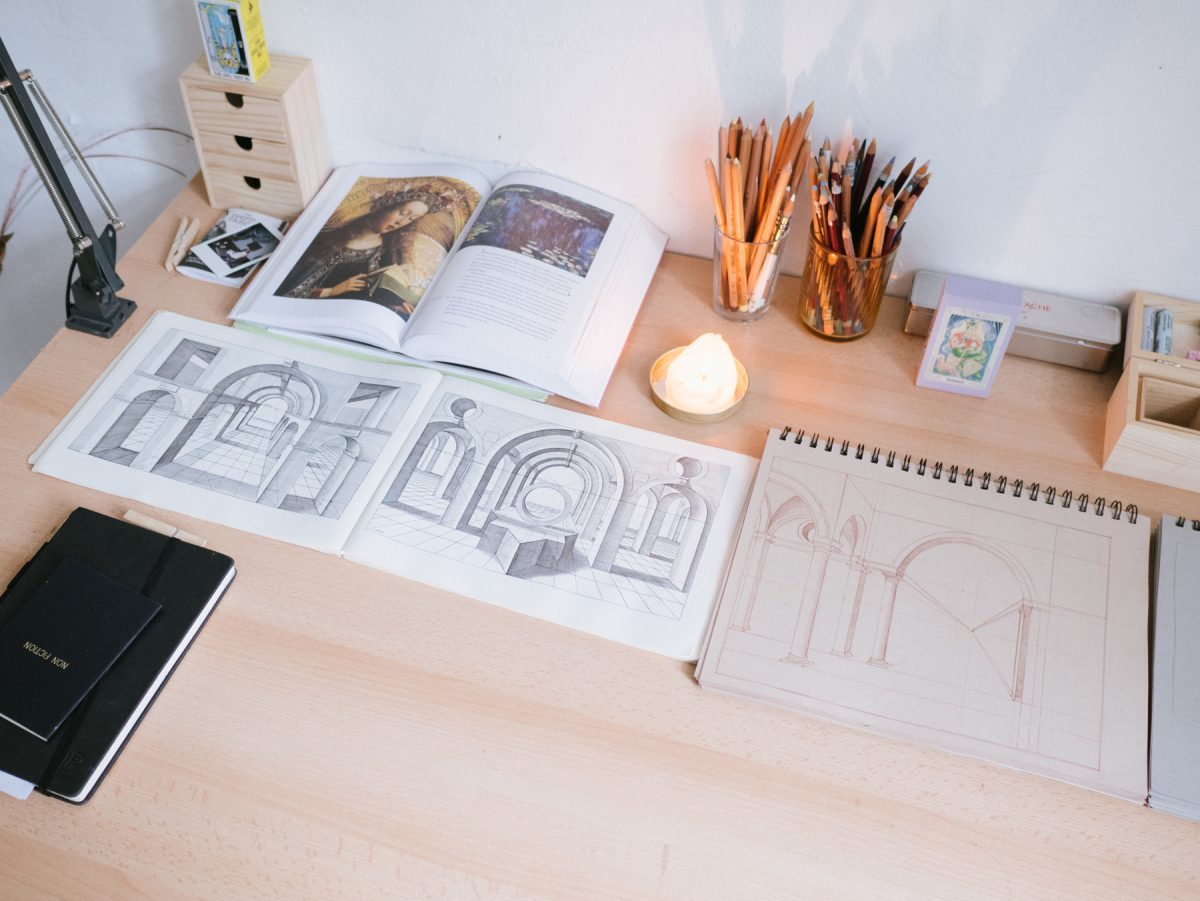
Your paintings invite the viewers to enter into alternate realms, ethereal, almost spiritual spaces. Could you walk me through your creative process when crafting these environments? Is there a specific emotional or contemplative state you hope to evoke in the audience?
I don’t consciously think of my work as an alternative realm, but as something that already exists within us. The boundary between the imagination and reality is very porous. As Deleuze puts it in his paraphrasing of Spinoza, “The interior is only a selected exterior and the exterior, a projected interior.”
During the summer, I spent a long time trying to construct the “ideal condition for painting.” I was amused when a studio visitor told me that I had created the ideal “waiting room.” My curious compulsion with fabric also began to mediate my relationship with painting. One day I decided to hang a giant veil across my room to hide the two meters wide painting behind it, because living with it was too intense. The fabric created a porous boundary between myself and the work. On the last day, when I took everything down, I saw the work again without obstruction, and the surprising, tender feeling was not unlike unveiling a bride. It circles back to that space of waiting I referred to earlier, the distance between a viewer and a painting. I came to understand that my work is about the relationship itself—the space between the artist and the art, the imagination and the real, the interior and the exterior. The fabric, the act of waiting, and the final revelation are all part of a single, continuous exploration.
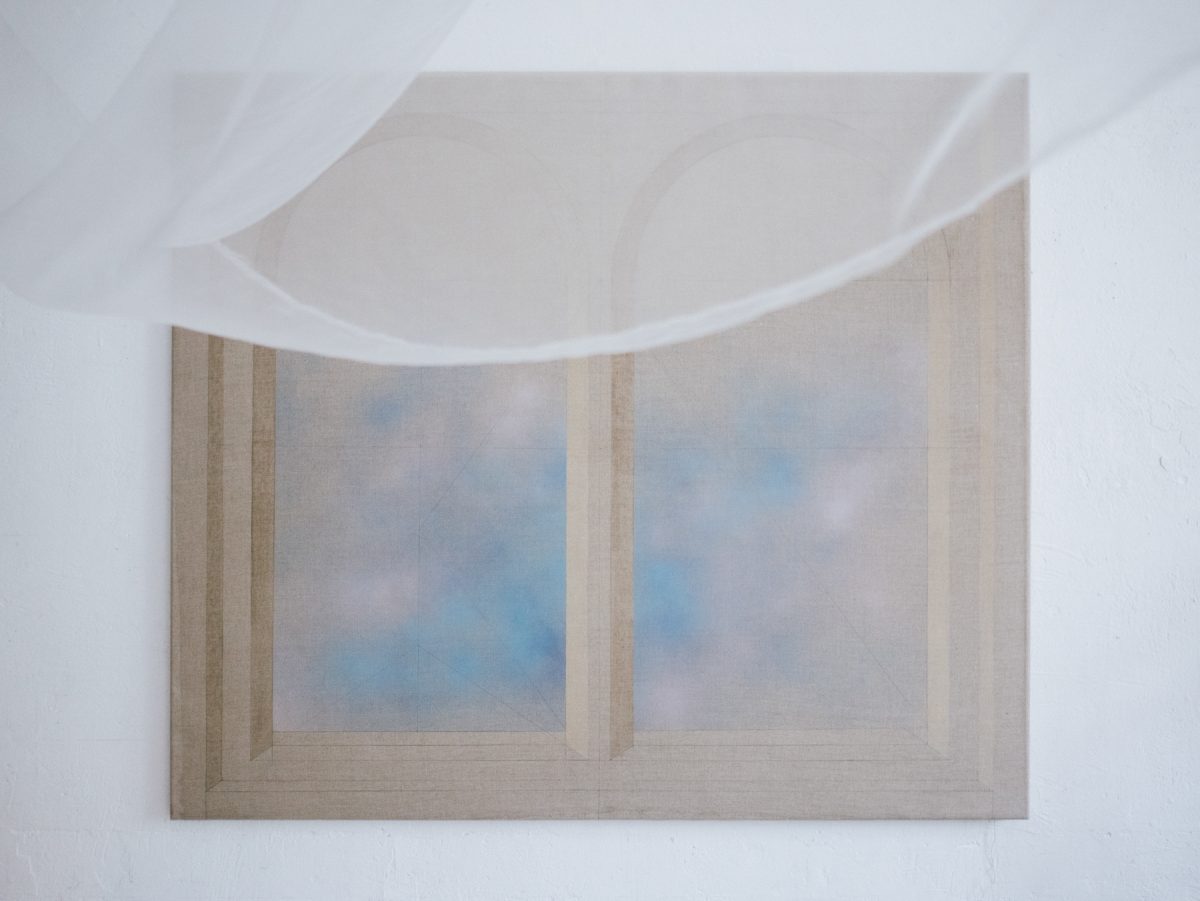
Interview Vanesa Angelino (@vaneangelino)
Photos Leon Lafay (@leonlafay)

